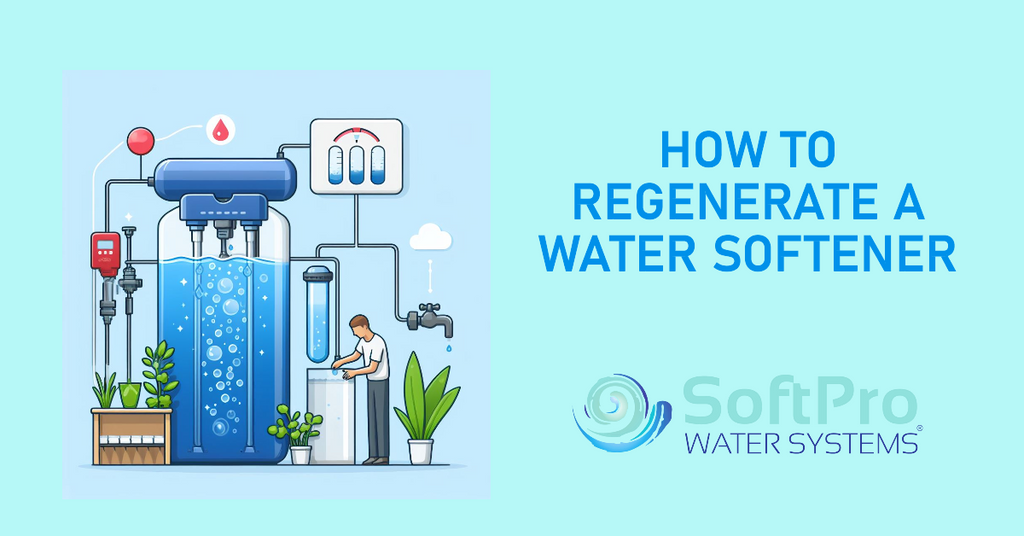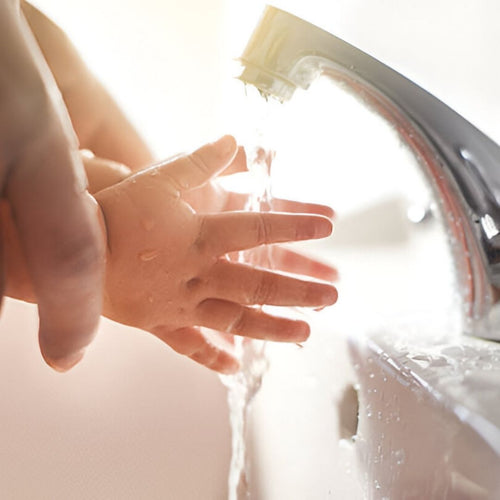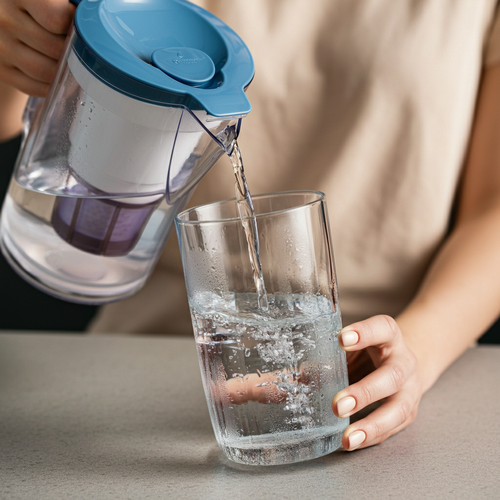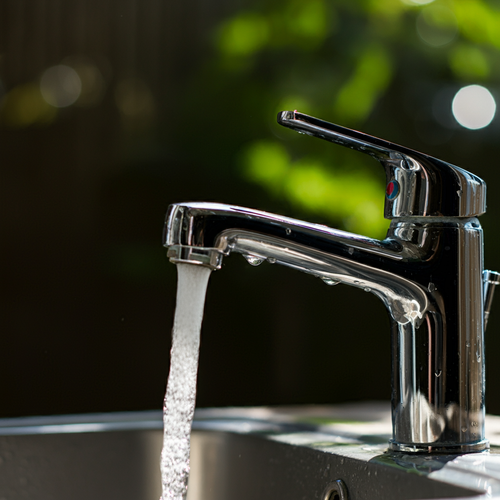A water softener is a powerful tool for combating hard water problems. However, over time, its capacity to remove hardness minerals (calcium and magnesium) diminishes, requiring a process called regeneration to restore its effectiveness. This article provides a comprehensive guide on how to regenerate your water softener to ensure consistently soft water and optimal performance.
Understanding Water Softener Regeneration
Water softeners work through a process called ion exchange. They contain a resin bed filled with tiny beads that attract and trap hardness minerals. During regeneration, a concentrated salt solution (brine) flushes through the resin, dislodging the hardness minerals and washing them down the drain. The resin beads are then replenished with sodium ions, ready to soften water again.
Why Regenerate Your Water Softener
- Restores Soft Water: Regeneration is crucial for maintaining soft water. Hard water can lead to spotty dishes, dry skin, dull laundry, and scale buildup in plumbing and appliances.
- Extends Appliance Lifespan: Hard water scale can shorten the lifespan of water-using appliances like washing machines, dishwashers, and water heaters. Regeneration reduces scale buildup, protecting your home's appliances.
- Increases Efficiency: A water softener working at capacity ensures optimal energy and water efficiency. An exhausted softener may contribute to higher utility bills.
Types of Water Softener Regeneration
- Manual Regeneration: You initiate this process manually, typically by turning a knob or pressing a button on your water softener.
-
Automatic Regeneration: These water softeners regenerate according to a programmed schedule, often based on:
- Time-clock: Regenerates on a set schedule (e.g., every few days) regardless of water usage.
- Metered: Triggers regeneration based on the volume of water used, ensuring efficiency.
Steps for Regenerating a Water Softener (Manual)
Important: Refer to your specific water softener model's instruction manual for any variations in the process.
- Bypass the Softener: Locate the bypass valve on your water softener system and turn it to isolate the softener from your home’s water supply. This prevents hard water from entering your home during regeneration.
- Initiate Regeneration: Find the regeneration control (may be a knob, button, or lever) and follow your model's instructions to start the process.
- Backwash: (May not be present on all models) This initial stage reverses water flow to loosen the resin bed and flush out debris.
- Brine Draw: The softener draws brine solution from the brine tank and passes it through the resin, releasing hardness minerals.
- Slow Rinse: Clean water slowly flushes through the resin, removing remaining brine.
- Fast Rinse: A rapid flow of water thoroughly rinses out any residual brine and prepares the resin bed.
- Brine Tank Refill: Water refills the brine tank, dissolving salt to create brine for the next regeneration.
Tips for Optimal Regeneration
- Use High-Quality Salt: Opt for solar, evaporated, or food-grade salt designed for water softeners. Avoid rock salt, as it can contain impurities.
- Maintain Salt Levels: Ensure the brine tank is always at least a quarter full with salt.
- Clean the Brine Tank: Periodically clean the brine tank to prevent salt bridging or mushing.
- Schedule Regular Maintenance: Have your water softener professionally serviced annually to ensure proper function and identify potential problems
FAQs:
How do I know if my water softener needs to be regenerated?
Signs include reduced water pressure, a return of hard water symptoms (spotty dishes, dry skin), or if your softener is on a timer and the schedule indicates it's due.
Can I regenerate my water softener myself?
Absolutely! Most water softeners have a manual regeneration function. Refer to your owner's manual for specific instructions, as the process may vary slightly between models.
What happens if I don't regenerate my water softener?
The resin beads will become saturated with hardness minerals (calcium and magnesium), losing their ability to soften water. Hard water can lead to scale buildup, appliance wear, and less effective cleaning.
Are there different types of water softener regeneration?
Yes! Regeneration can be manual (you initiate it), time-clock based (regenerates on a set schedule), or metered (regenerates based on water usage for maximum efficiency).
Summary and Key Takeaways
Water softener regeneration is an essential process for anyone battling the negative effects of hard water. Understanding the mechanics of regeneration, along with the different regeneration methods available, ensures that you can maximize the performance and longevity of your softener. A recent study by the Water Quality Research Foundation (WQRF) revealed that regular regeneration can extend the lifespan of your water softeners by up to 10 years.
| Key Takeaway | Explanation |
|---|---|
| Know the Signs of Exhaustion | Recognize when your softener needs regeneration for optimal results |
| DIY Regeneration | Most softeners allow for manual initiation, saving on service calls |
| Preventative Maintenance | Regeneration helps protect appliances and plumbing from scale buildup |
| Understand Your Softener's Options | Choose the regeneration mode (manual, timed, metered) that best suits your needs |
Ready to say goodbye to hard water?
Explore SoftPro Water Systems' advanced water softening solutions and learn how we can transform your home's water. Visit us at https://www.softprowatersystems.com or call us today for a free water analysis!


















![Aldex Premium 10% Cross Link Resin for Water Softener [High Capacity]-SoftPro® Water Systems](http://www.softprowatersystems.com/cdn/shop/files/Aldex_10_Cross_Link_Resin_Premium_High_Capacity_for_Water_Softener_600x.jpg?v=1735853599)





















